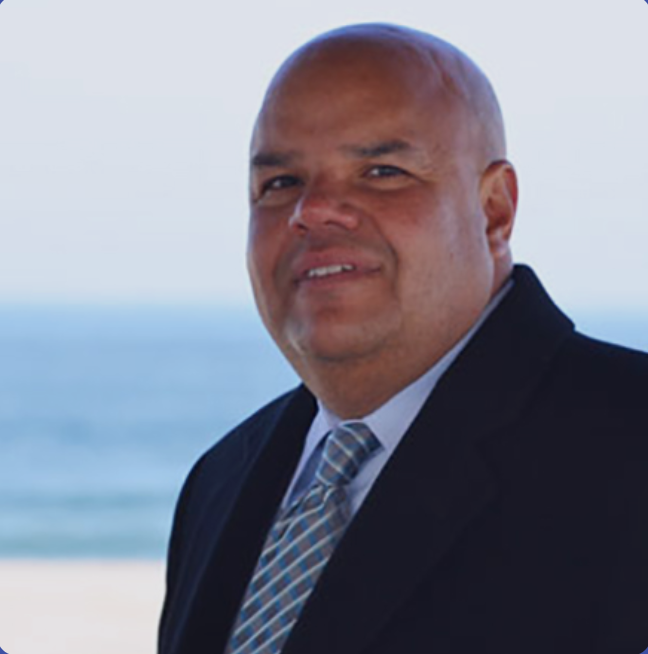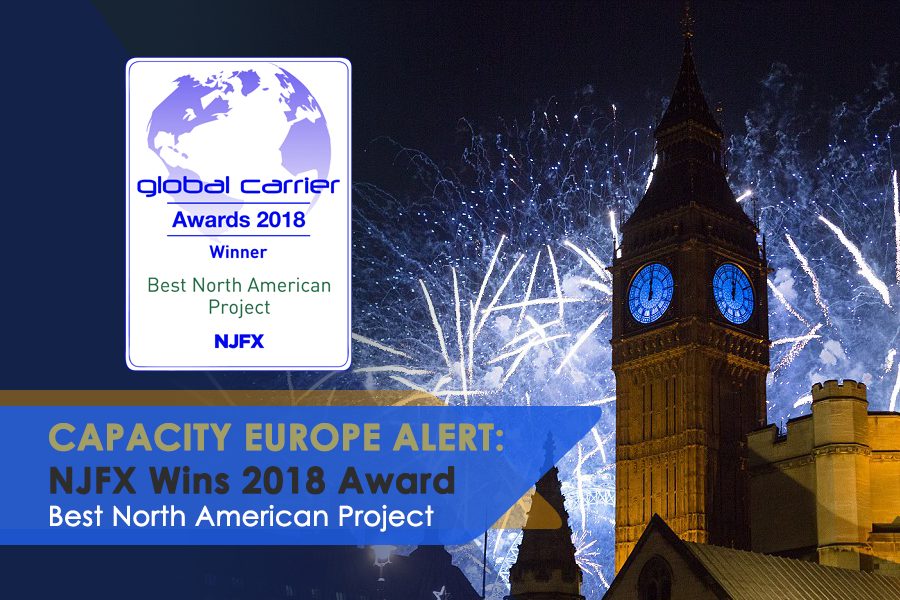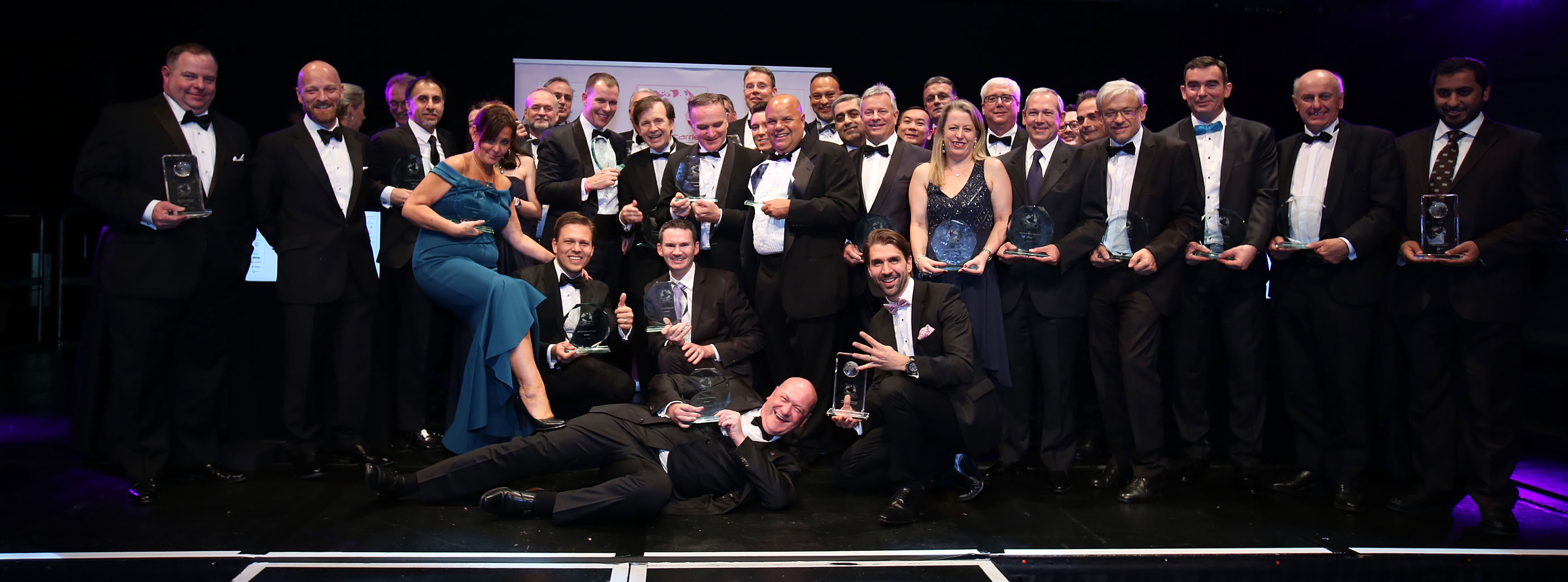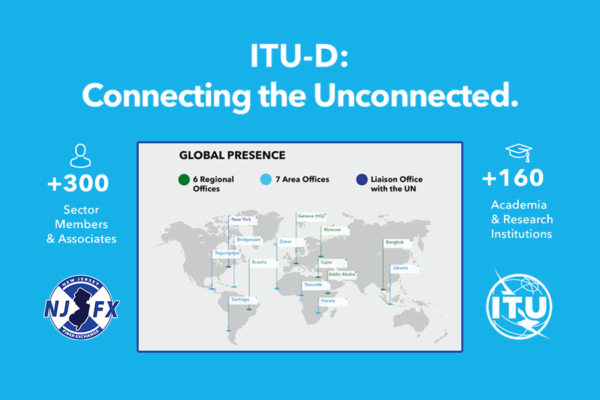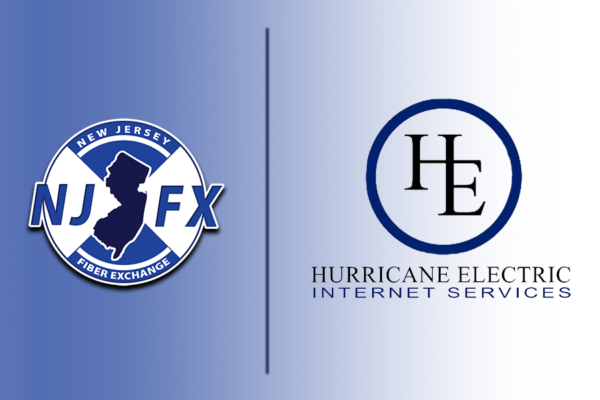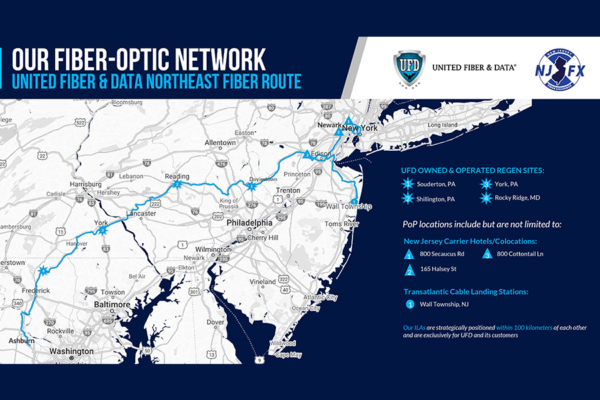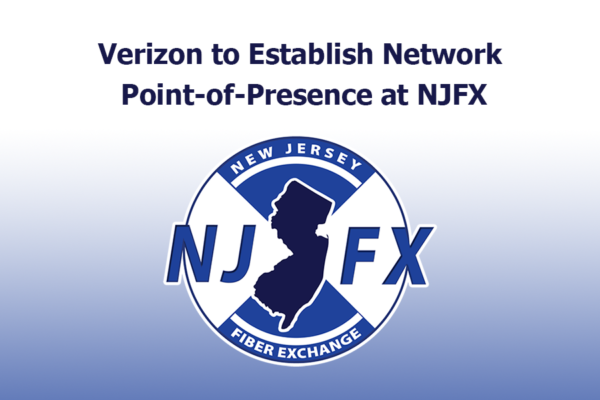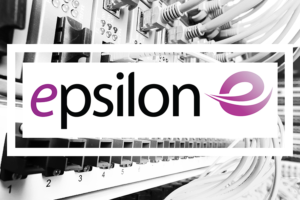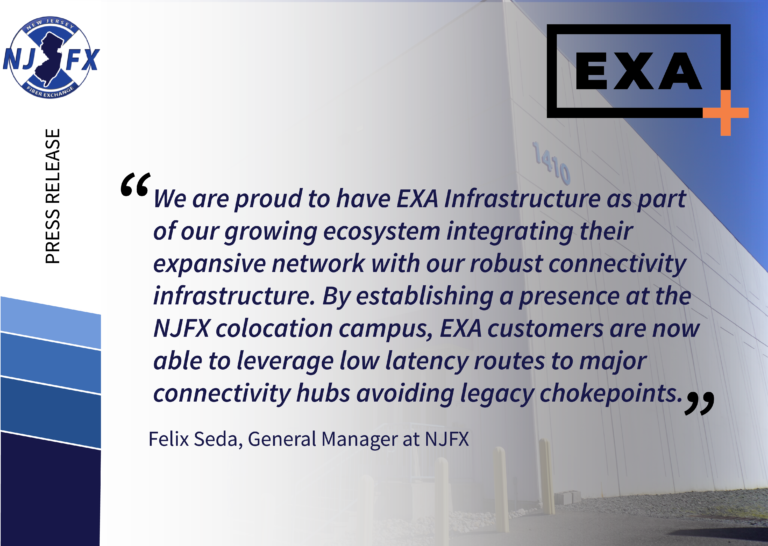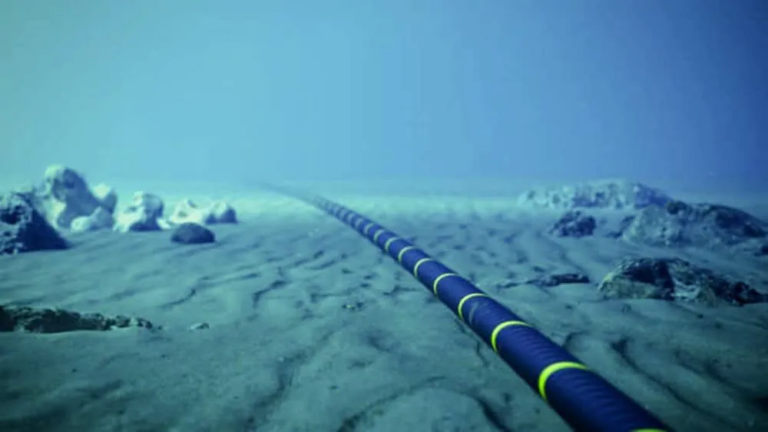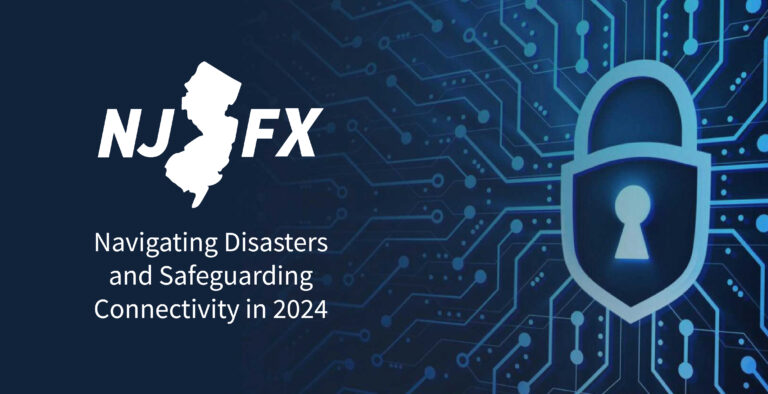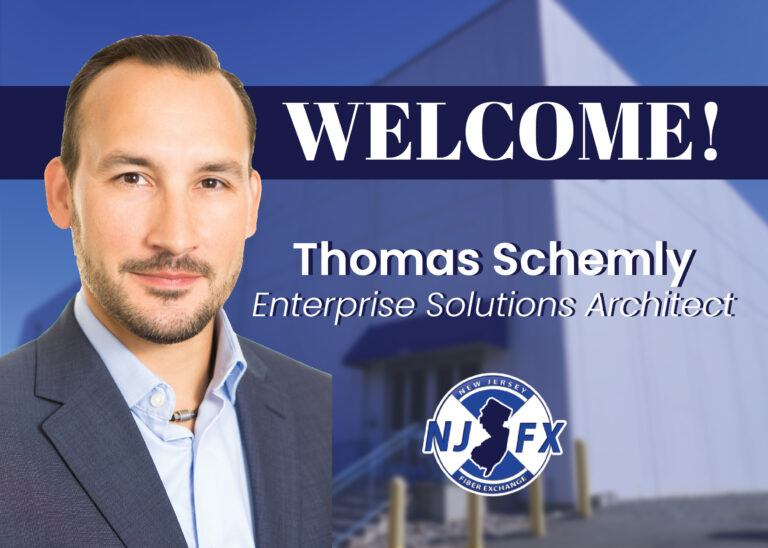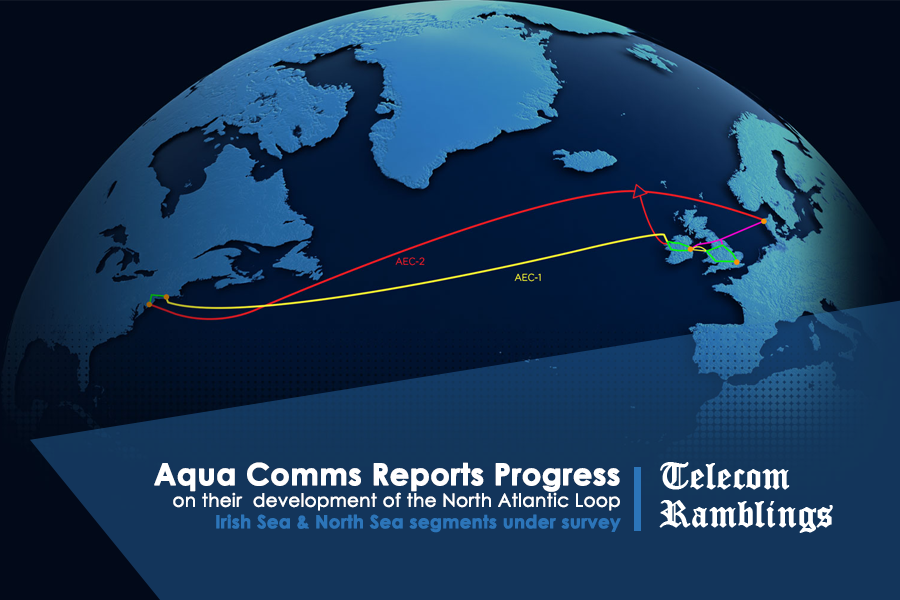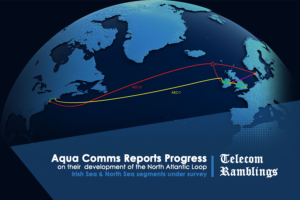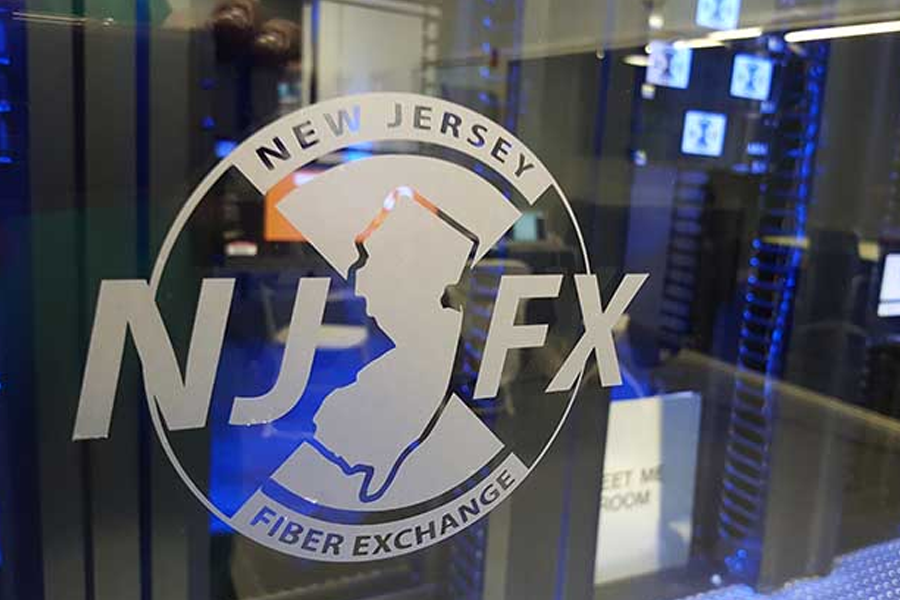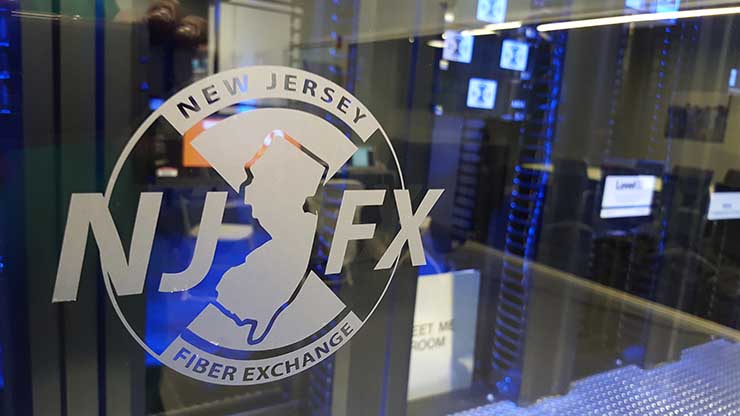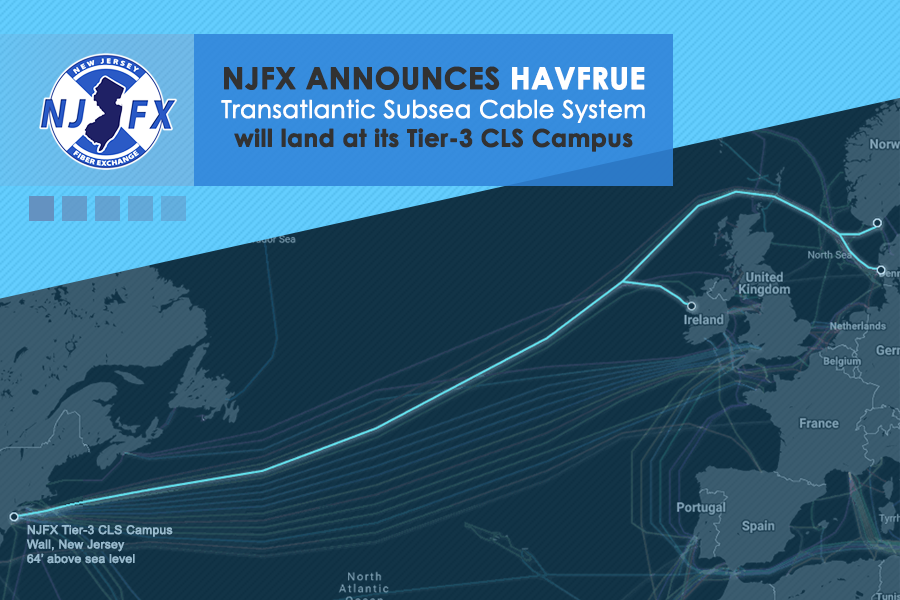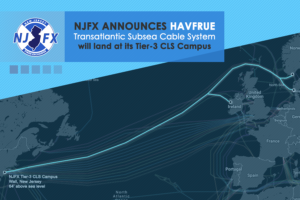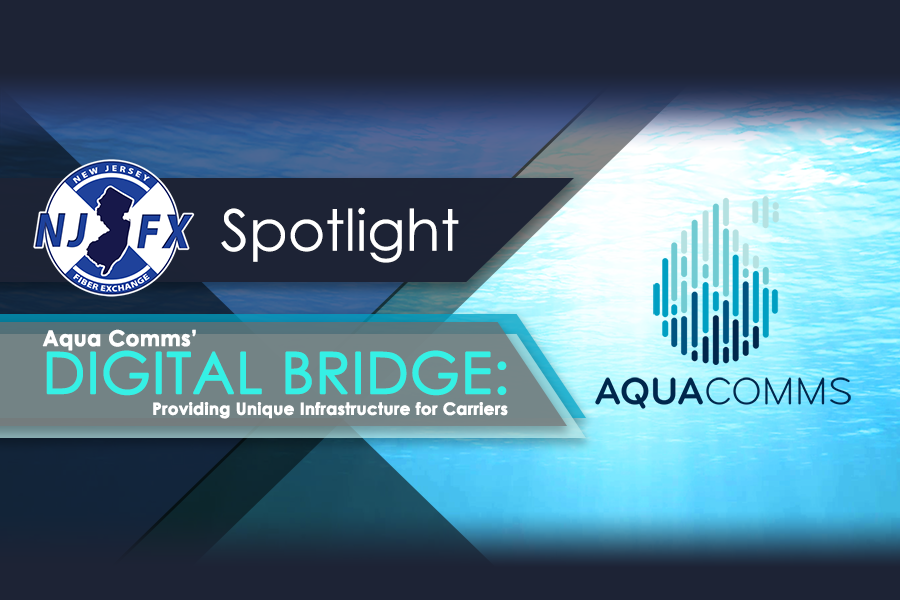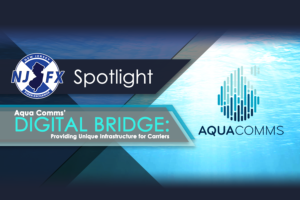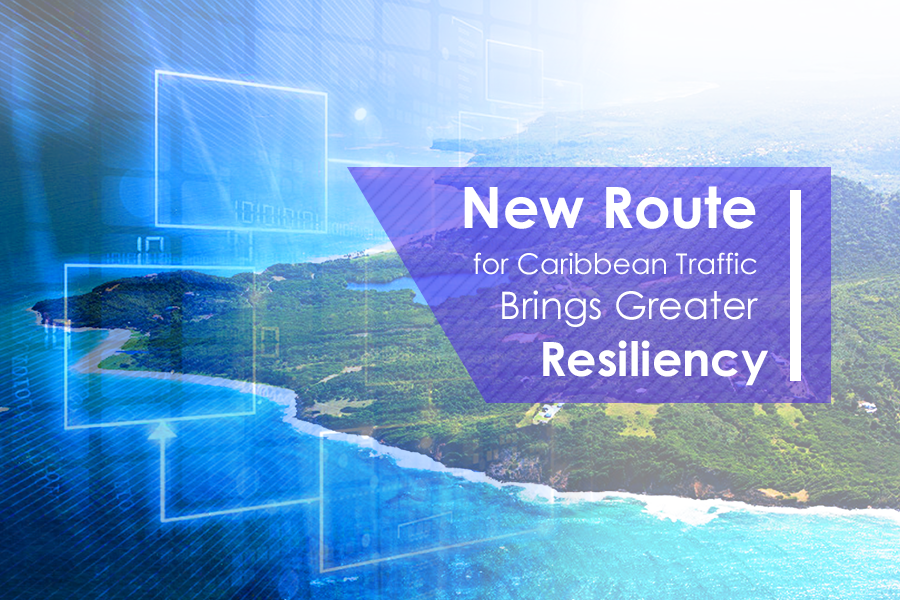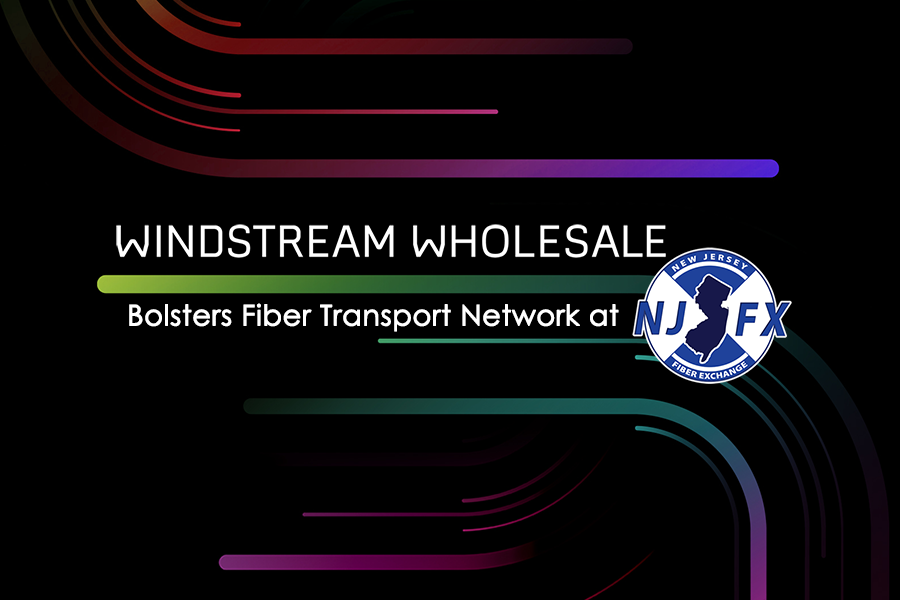Editor’s Note: As we have learned over the years, telecom networks face many threats – from natural disasters to backhoes to fishing boats. The telecom industry has responded by making networks more diverse and resilient. But the challenges continue. Storms are becoming stronger, capable of doing an unprecedented amount of damage. How do you prepare for the next one when it might be stronger than any previous storm?
The submarine cable industry is responding with innovative new concepts. Learning from each outage, the industry has for years been building more resiliency into their networks – coming up with more secure ways to move traffic.
The 2017 hurricane season was the costliest in history, with Hurricanes Harvey, Irma and Maria devastating large parts of the Caribbean and Gulf Coast. With the 2018 season beginning, it is worth reflecting on what happened last year and how the industry is responding.
With this in mind, we recently spoke with Felix Seda General Manager, NJFX, and Jose Casillas, General Manager, PREPA, Networks about a new service that their companies, along with Telecom Italia, are offering that provides an all-wet route from NJFX’s cable landing facilities in New Jersey to the Caribbean, while bypassing Miami.
Felix Seda: NJFX operates “Tier 3 by the Subsea,” the world’s first colocation campus that strategically intersects a carrier neutral subsea cable landing station meet-me room with a Tier 3, carrier neutral data center. The 64,800-square foot purpose-built data center offers direct access to multiple independent subsea cable systems that interconnect North America, Europe, and South America. High and low-density colocation solutions are available with 24/7 support as well as unique US fiber back-haul solutions that avoid traditional legacy network points of failure. NJFX’s offerings provide the flexibility, reliability and security that global carriers, content providers, enterprise and government entities require to drive revenue, reduce expenses and improve service quality.
TI Sparkle is currently a customer of NJFX. They were already providing access down to Brazil via their Seabras-1 cable capacity out of NJFX. What we are focusing on now is that they are providing a new route from NJFX that bypasses Miami and goes down to the Caribbean. The wet route that avoids the legacy terrestrial routes that have historically been located in the hurricane zones around Miami. As we all know, we have been ravaged by Mother Nature with hurricanes in the Caribbean and the Miami area. Sparkle has solved a problem that has been plaguing the industry for a number of years with this new diverse wet route going all the way down to the Caribbean, bypassing Miami and New York, both legacy choke points and Miami being a hurricane zone.
This is a complete diverse wet route that bypasses all of that legacy terrestrial infrastructure. We are getting a lot of positive feedback just from initial conversations. It has completely solved an issue that has been plaguing the industry for years in terms of getting down into the Caribbean whether it be from the United States, Europe, or even Canada. We have a number of customers coming down from Canada and Europe –banks and other high-traffic users – that have traffic going down to the Caribbean and this new route will definitely help them to provide diversity and strengthen their network.
It can serve as a redundant, diverse, backup route to those customers down to the Caribbean but it also can be a primary route for anyone else who has a need for reliable communications to that region.
In terms of traffic, we’re seeing an increase of capacity in general and to the Caribbean in particular. The subsea cables are much safer in terms of avoiding issues that the terrestrial routes tend to be plagued with.
We are very optimistic about this service for the future. It is something that customers have been asking for. The route down to the Caribbean and Latin America has been a highly popular route in recent times and what TI Sparkle is doing is basically innovating a solution to the problem that nobody else has been able to do so far.
Jose Casillas: PREPA Networks is an infrastructure provider in the Caribbean. It is a wholesale telecommunications company. We are based in Puerto Rico where we have our main facilities. We provide telecom infrastructure to carriers in the region. We also provide connectivity to leading carriers from the states to Puerto Rico and throughout the Caribbean. Within Puerto Rico, we provide cable landing services for many of the international submarine cables that connect the island to the rest of the United States, as well as the Caribbean, South America and ultimately throughout the world.
We are a facilities provider for the carriers. We do not provide retail services; only facilities. We have one of the main cable landing stations in Puerto Rico, which is the most connected island in the region. We provide connectivity and cable landing services to five of the international cables that connect Puerto Rico.
During the 2017 hurricane season, most of the cable stations remained operational through Hurricane Maria, which devastated Puerto Rico. Only one of the stations, operated by another company, was down at all. It was flooded and had to be evacuated until they had everything under control and then they were able to bring the station back online. Other than that, all of the cable stations performed as expected; before, during and after the storm.
Puerto Rico, as an island, is limited in terms of access to resources after an event. That is something that you plan for but there is no substitute for real-life experience. So once Maria went over, all of the essential transportation systems – airports, roads, everything — was closed. Nothing was working. On top of that, there was no telecommunications. Most of the other sites in the states or in other countries have large highways networks or other ways of transporting goods. But we can only get vital goods to the island by air or sea.
So we had no access to fuel. We had plans where our facilities could stand for 15-20 days without fuel, but at the time that you design these facilities nobody says “well we will be without fuel for so many days.” Once you are in the emergency, you run into unexpected problems. In our case to convince the federal government to start releasing the fuel to essential facilities like a submarine cable landing station. So you learn about things that you have to take into consideration for the future. Like adding additional fuel capacity for longer periods of an event.
In the case or Maria, we were able to solve the problem within seven days. We were able to talk to the federal officials and access a fuel line through the port and were able to deliver the fuel to our facilities and then we had no problem. We ran the facilities for 42 days on generators until the power utilities were up and running again. Fuel is a major resource that we have to plan for in the future.
Once you are in an unprecedented event, you start finding new things that you did consider during the design. We could not anticipate it to be as harsh as it was – nothing like this had ever happened before. But you learn. And you find ways to improve that facility to provide more resiliency. I believe that we will learn from this event. We learned that we need access to fuel for longer terms. Because we are an island, the logistics get very complicated. It was a harsh test and we learned from it.
We have been working with NJFX to come up with a way of bypassing Miami and providing an alternative route for connectivity to the Caribbean. One of the goals when we started the HUB787 project back in 2010 was to establish a facility that could be used to provide bypass. HUB787 is a division of PREPA Networks. It is an interconnection and peering center for the Caribbean, with a Tier 3 data center and an ultra-modern submarine cable station. Last year we were able to work with NJFX, which resulted in TI Sparkle agreeing to extend their submarine cable connectivity into HUB787. So now we can provide a bypass around the Miami site for traffic from the mainland to Puerto Rico, throughout the Caribbean and down to South America. In terms of robustness and resiliency, if you have any problems going through Miami, you can migrate your traffic directly from NJFX to HUB787 through TI Sparkle facilities and you will still have connectivity to New York City, which most of our finest customers here request. And also the NJFX facility provides access to Europe through the transatlantic cables that land there.
So this is something that is new for the region that you have an option that you can collocate, use as your computing facility, or use as your bypass facility in case there is a disaster event that disrupts your connectivity to Miami.
###
About NJFX:
NJFX is a Tier 3 Carrier Neutral Cable Landing Station campus. Our colocation ecosystem has expanded to over 35 network operators offering flexibility, reliability, and security. Our Wall, NJ location provides direct access to multiple subsea cable systems giving our carriers diverse connectivity solutions and offers direct interconnection without recurring cross-connect fees.
